Mid-summer at last and the weather is what we dream of. The long cold winter days seems only like yesterday. Let's enjoy it while it’s here. June 21st is the summer solstice. The word solstice which derives from Latin words for "sun" and "stands still" refers to the time when the sunrise and sunset seem to stop before changing directions. We experience this brief "standing still" as our longest day and shortest night. After this date, the days will gradually shorten, but we won’t notice this for at least a month and realistically not until September.
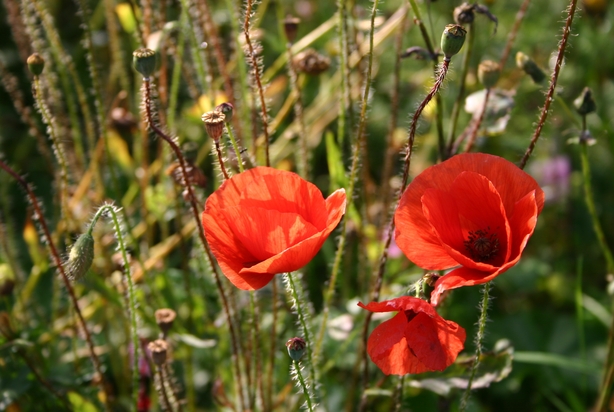 Everybody seems to be out walking, jogging, cycling or running, enjoying this smashing June weather. My favourite walk at this time of the year is along the banks of the Royal Canal. The May flowers have just finished and now it’s the turn of the wild daisies, vetches, poppies etc. to shine through. These wild plants add colour to the canal bank as well as many roadside verges throughout the country.
Everybody seems to be out walking, jogging, cycling or running, enjoying this smashing June weather. My favourite walk at this time of the year is along the banks of the Royal Canal. The May flowers have just finished and now it’s the turn of the wild daisies, vetches, poppies etc. to shine through. These wild plants add colour to the canal bank as well as many roadside verges throughout the country.
The Poppy flower sheds its petals after just one day, but a single plant can produce up to 400 flowers in a single growing season!
Another plant often found growing wild is the Foxglove and it is coming into flower this month. It is believed by some that the name originates from "Folk’s Glove" or the gloves of the little people, - the fairies! In some parts of Ireland this plant is referred to as "Fairy Bells". Foxglove is very poisonous, but at the same time it provides us with the drug, digitalis, which is used in small amounts for the treatment of heart complaints. The correct Latin name of this plant is Digitalis purpurea.
Another plant in flower at the moment, but one we all keep away from, is the common nettle. This is a common plant of hedgerows and wastelands around the country. Although it is an intensely disliked plant, it has been used by man for centuries either as a source of food (nettle soup), cloth (tablecloth and bed linen) and medicine (nettle stings to cure rheumatism). Roman soldiers in England, regularly whipped themselves with nettles to ward off the cold!
Another common wild plant is the Common Knapweed. This beautiful purple coloured flower was used in years gone by to foretell a maiden’s future, according to folklore and once the flower went to seed it was often used to "chalk" snooker cues!
Nesting Birds
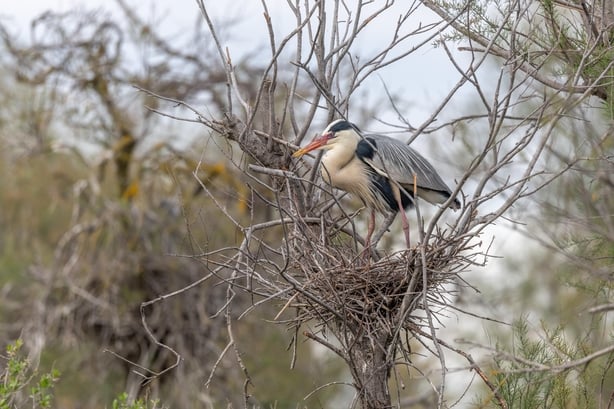
Most garden birds will have completed their first family by now and many have started on a second one. In some cases, while the male takes care of the fledglings from the first family, the female will be busy nest building and egg laying. Keep an eye out for any birds carrying nesting material or food items. Blackbirds and robins often have second clutches, especially if the weather is good, unlike the blue tits which generally only have a single family.
Hay fever
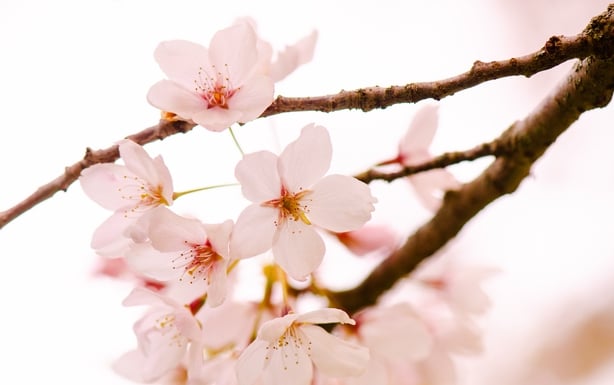
Hay fever results from an allergy to inhaled items, the most common of which is grass pollen. The symptoms are usually seasonal and can start from as early as mid-March. At this time of year, various grass pollens as well as nettle pollen are very common in the air. Hay fever develops because of an error in the body’s inbuilt defence mechanism, the immune system. Normally the immune system can tell the difference between a harmless organism, in this case pollen, and a dangerous infectious organism but, in an allergic person, the immune system treats the pollen as if they were dangerous and releases histamine into the system. As a result of this release of histamine, the eyes itch and stream, the nose and sinuses become blocked and cause feelings of stuffiness and heaviness in the head. The throat becomes sore and the patient feels generally unwell.
Pond skaters:
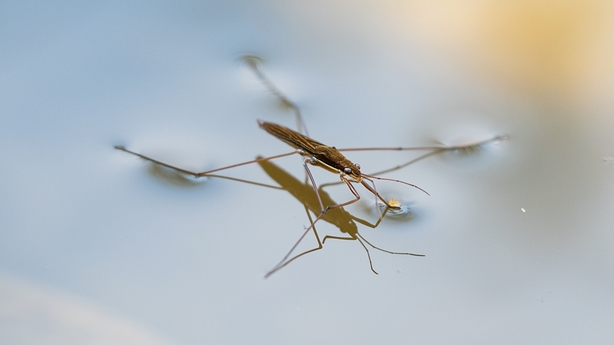
A walk along a canal or lake at this time of year will no doubt reward you with a glimpse of the pond skater. What a most unusual insect, one that can not only walk across water but run across it. But how can it manage this? The pond skater appears to row itself across the surface film of water using its extra-long middle pair of legs with the hind pair acting like a trailing rudder. It preys on insects that have fallen into the water, seeing them or detecting their distress movements as they start to drown, and it uses its shorter front legs to grab hold of them.
Grey squirrel

Walking through woodland at this time of year, especially early morning allows you the opportunity to view the grey squirrel. Although not native to Ireland, in fact only introduced here in the last century, they have spread to many woodlands in the eastern half of the country. The grey squirrel is a pest, damaging trees in gardens and orchards as it strips the bark to eat the softer tissue below. Grey squirrels also raid birds nests taking eggs and nestlings as well as food left out for the birds at bird tables. The squirrel builds it nest, or drey, in the branches of trees. The female has two litters a year, each with up to seven young.
Terns
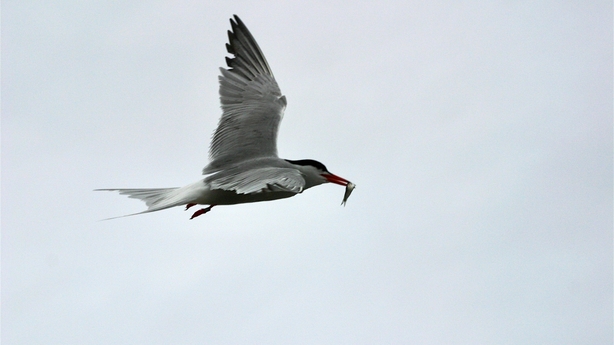
My favourite seabird is the tern, especially the Roseate Tern. This is Ireland’s rarest breeding seabird and nests on the islands off the east coast of the country. The Roseate tern gets its name from a pink flush on its breast feathers in the spring. These birds winter as far south as South Africa, but its precise winter movements are still not fully known. Other terns to be seen around our coasts at this time of year include the Sandwich tern, the Arctic tern and the Common tern.
Terns are beautiful and graceful. While seeking food they scan the water from above, head down scanning the sea. When prey is spotted, they make a sudden dart into the water to pluck out a sand eel or sprat.
Bog walk

Somewhere totally different to go for a walk is a bog, and no better place to visit is Lodge Bog in Co. Kildare. And you won’t even get your feet wet! The Irish Peatland Conservation Council (IPCC) have recently installed a board walk which allows visitors to visit and enjoy the bog. At this time of year, the bog is covered by bog cotton, which gives the appearance of a light covering of snow. Another common plant on the bog is the sundew. This is a carnivorous plant and it is said that an individual plant can consume up to 2,000 midges each during the summer. But don’t worry. It won’t harm you. Enjoy your walk.

